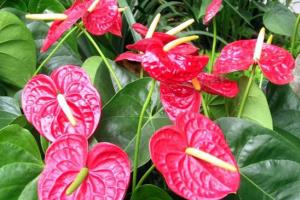"five taboos and six precepts" that florists must know
Flower cultivation is a technical activity, not let flowers and plants bask in the sun, watering can be raised, there are many taboos, flower growers must pay attention to. Let's take a look at the "five taboos and six precepts" that flower growers must know.
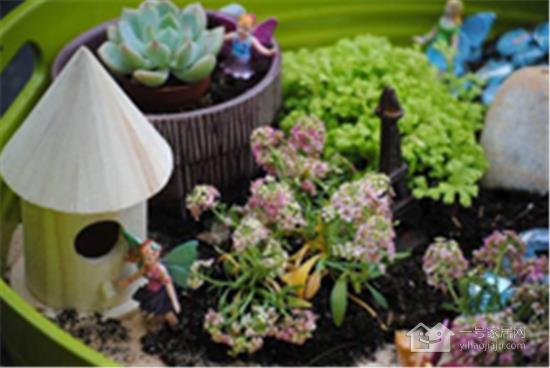
Five Taboos for Flower Bonsai Conservation
1. Avoid drought.
Think of watering, do not think of watering, sometimes for a few days regardless of, once found that the leaves wilted, only rapid hydration, leaves will return to normal, this is a reaction of the pile body to adapt to the environment, but long-term so, too strong transpiration will eventually make the pile body big "disease" difficult to heal, dehydration and death.
Second, avoid fertilization.
In midsummer, high temperature, leaf water loss faster, at this time fertilization can make the pile body cell concentration is less than the external environment concentration, resulting in plant cell moisture reverse soil flow, pile body due to fertilizer damage water loss and death.
Third, avoid noon bath.
At noon in summer, do not spray water or water into the pot under the light. This "pampering" way will make the bonsai temperature suddenly lower than the ambient temperature and hurt the pile.
4. Avoid sudden shade.
Under normal circumstances, in order to avoid high temperature damage, when the ambient temperature exceeds the maximum temperature tolerated by the pile body, the bonsai should be moved to a relatively low temperature area with weak light (about 2 degrees lower) to facilitate the growth of the pile body, but if it is suddenly moved indoors or in a low temperature area without light, after a few days, the leaves will naturally fall off, and the pile body will quickly shrink and die.
5. Avoid water stains.
When the ambient temperature exceeds 28 ℃, the potted plant should be protected from shade, otherwise, the amount of water obtained by the pile from the soil is far less than that lost due to transpiration, and the leaf edge will be burned and scorched in light, and the pile will be severely damaged by the sun and die.
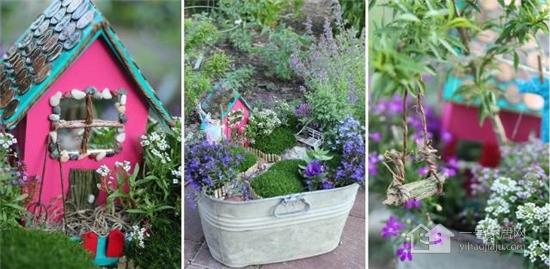
Six commandments of flower culture
Home greening is becoming more and more common, but many flower lovers have no idea what to do, and the flowers are wilted and lifeless. What's the problem? Here are a few examples of family flower growing experience summarized from practice:
One must not be careless.
Flowers, like people, are alive and need careful care. Many flower growers lack due care and diligence towards these beautiful lives. They are lazy, do not like to study flower knowledge, long-term willing to be laymen, management is not legal. Second, lazy hands, do not want to spend too much time and energy on flowers. Flowers into the home, they were neglected aside, long-term hunger and thirst, suffering from diseases and insect pests. In this way, even the best flowers will gradually wither. So lazy people can't raise flowers.
The second commandment is that love is excessive.
Contrary to the above, some flower growers love flowers and itch their hands when they don't play with them. Some watering and fertilizing without regularity, think of watering, so that flowers overwaterlogged and overfertilized and died; some casually move flowerpots around, a day can move several places, so that flowers have to adapt to the environment frequently, disrupting the normal growth law. In the long run, it would be strange if flowers were not tortured to death. There are a few pots of suitable flowers in the home. There is nothing wrong with liking them in my heart. However, flowers have their own growth rules like people. If you disturb them frequently when they need to rest, they will naturally feel tired and grow badly.
The three commandments are not divided.
Some flower growers are greedy for perfection, regardless of what species, they move home when they see them, which not only brings difficulties to management, but also brings some flowers that should not be raised into the home, polluting the environment and damaging health. For example, the juice of poisonous flowers, human contact easily caused poisoning. The smell of some flowers has an impact on the nervous system of people, easily causing poor breathing and even allergic reactions. Plants with sharp thorns on the outside also pose a certain threat to human safety, and so on. In short, family flower cultivation should not be greedy for perfection, regardless of the difference, should choose some small plant shape, beautiful appearance, harmless to the human body species to raise.
The four commandments pursue fame and profit.
Some flower lovers think that raising flowers is necessary to raise famous flowers, because the ornamental value of famous flowers is high and the market profit is large. Under this psychological domination, they spared no expense to buy famous flowers and trees everywhere. The result is often due to the lack of good greening maintenance conditions and management technology, so that flowers bought soon died, both wasted precious flowers, but also wasted money, this is a concept of misunderstanding. The correct approach should be to start with ordinary, lower-grade species and gradually explore the rules and skills of flower cultivation. After reaching a certain technical level, gradually purchase more expensive varieties, so that the success of the grasp is great.
The Five Commandments are in the morning and evening.
Some flower growers are anxious, flower cultivation has no theme, and the flowers in the home are changed like a lantern. This is a great taboo for raising flowers. First, the species change too fast, planting time is short, not conducive to the cultivation of beautiful plant shape, ornamental flowers and trees. The second is to taste every kind of flower, which is not conducive to the improvement of flower cultivation level, and in the end it is still a flower blind. Therefore, flower growers can only choose one or two kinds of flowers and focus on cultivation in order to have a heart.
The six precepts are not new.
Nowadays, new knowledge and new technology emerge one after another, but most flower growers still stick to traditional maintenance methods, and are not good at using new technology and new equipment in flower use, water and fertilizer management, seedling cultivation, etc., such as soilless culture, odorless flower fertilizer and various flower devices. The result is that the family flower culture is unsanitary, unattractive, unnovel and has great side effects.
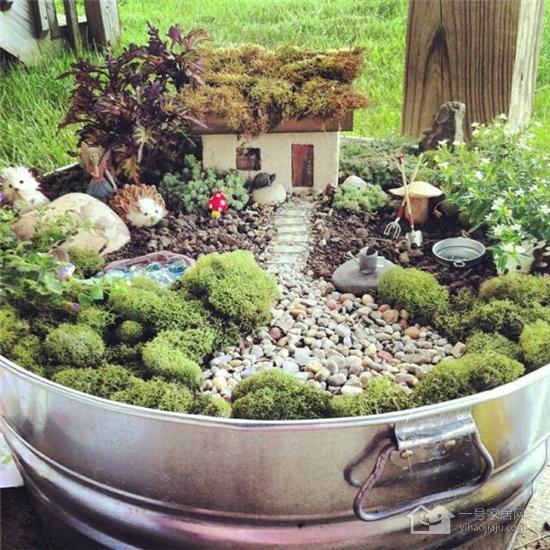
9 Principles of Indoor Flower Conservation
1. Let the plants go dormant
Many indoor flowers are in relative dormancy during winter or after flowering, when plants need less water and fertilizer than during vigorous growth and require lower temperatures.
Second, quickly deal with problems encountered by plants
Both experts and beginners will encounter some problems. If pests are found, they will not cause major damage as long as they are eliminated in time. If infected with the virus, treatment is more troublesome and should be isolated as soon as possible. Too much watering, there is no big problem at first, but over time it will lead to death. Learn to recognize early signs of plant problems.
Third, the basin soil can not accumulate water
Plants need air as well as water. If the pot stays stagnant for too long, the roots of the plant will suffocate because there is no air to breathe. You should learn how to water properly.
4. Combine multiple plants together for conservation
When many plants are placed in one cultivation, almost all plants grow well and the ornamental effect is good. You should learn why and how to put plants together.
5. Choose the appropriate type
To make plants flourish indoors, you must choose the kind that is suitable for indoor environmental conditions. Experts cannot let shade-loving plants grow well in direct sunlight and under windows.
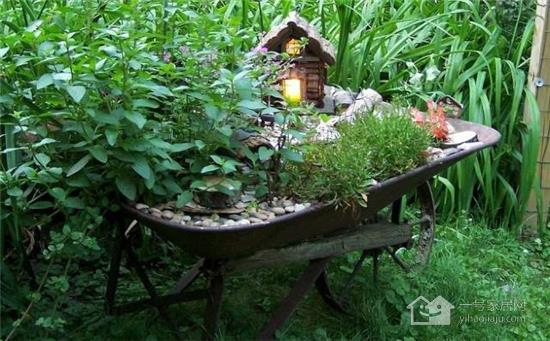
6. Some plants dormancy after flowering is a normal popular potted flower
Such as cyclamen, pittosporum, chrysanthemum, etc. after flowering leaves gradually withered off, into dormancy. This is the normal growth process of the plant, not your poor maintenance caused. Increase air humidity in the north, winter indoor warming, the air is very dry. We should try to increase the humidity of the air.
VII. Choosing the right tools
Common tools include: a watering pot with a long nozzle and a fine nozzle; sprayers to increase humidity, remove dust and control pests; good potting substrates, such as peat soil, river sand, moss, etc.; pots, trays or sets of pots of different specifications; palm stakes for climbing plants and nylon or wire for binding plants; pesticides, antibiotics, fertilizers, leaf brighteners; branch shears, grafting knives, etc.
VIII. Learn to change pots
After one or two years of potted flower cultivation, most of the plants grow gradually weak. In many cases, simply replace it with a larger pot to restore life.
9. Understand the special needs of cultivated plants
Different plants have different growth requirements, and they must be cultivated according to their special needs in order to make them vibrant.
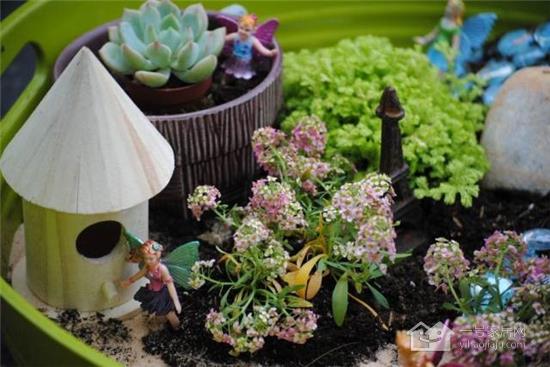
Not beautiful, not novel, side effects are greater.

9 Principles of Indoor Flower Conservation
1. Let the plants go dormant
Many indoor flowers are in relative dormancy during winter or after flowering, when plants need less water and fertilizer than during vigorous growth and require lower temperatures.
Second, quickly deal with problems encountered by plants
Both experts and beginners will encounter some problems. If pests are found, they will not cause major damage as long as they are eliminated in time. If infected with the virus, treatment is more troublesome and should be isolated as soon as possible. Too much watering, there is no big problem at first, but over time it will lead to death. Learn to recognize early signs of plant problems.
Third, the basin soil can not accumulate water
Plants need air as well as water. If the pot stays stagnant for too long, the roots of the plant will suffocate because there is no air to breathe. You should learn how to water properly.
4. Combine multiple plants together for conservation
When many plants are placed in one cultivation, almost all plants grow well and the ornamental effect is good. You should learn why and how to put plants together.
5. Choose the appropriate type
To make plants flourish indoors, you must choose the kind that is suitable for indoor environmental conditions. Experts cannot let shade-loving plants grow well in direct sunlight and under windows.

6. Some plants dormancy after flowering is a normal popular potted flower
Such as cyclamen, pittosporum, chrysanthemum, etc. after flowering leaves gradually withered off, into dormancy. This is the normal growth process of the plant, not your poor maintenance caused. Increase air humidity in the north, winter indoor warming, the air is very dry. We should try to increase the humidity of the air.
VII. Choosing the right tools
Common tools include: a watering pot with a long nozzle and a fine nozzle; sprayers to increase humidity, remove dust and control pests; good potting substrates, such as peat soil, river sand, moss, etc.; pots, trays or sets of pots of different specifications; palm stakes for climbing plants and nylon or metal wires for binding plants; pesticides, antibiotics, fertilizers, leaf brighteners; branch shears, grafting knives, etc.
VIII. Learn to change pots
After one or two years of potted flower cultivation, most of the plants grow gradually weak. In many cases, simply replace it with a larger pot to restore life.
9. Understand the special needs of cultivated plants
Different plants have different growth requirements, and they must be cultivated according to their special needs in order to make them vibrant.

Related
- Wuhan Hospital Iron Tree Blooming Result Was Instantly Frightened by the Gardener Master
- Which variety of camellia is the most fragrant and best? Which one do you like best?
- What is the small blue coat, the breeding methods and matters needing attention of the succulent plant
- Dormancy time and maintenance management of succulent plants during dormancy
- Minas succulent how to raise, Minas succulent plant pictures
- What are the varieties of winter succulent plants
- How to raise succulent plants in twelve rolls? let's take a look at some experience of breeding twelve rolls.
- Attention should be paid to water control for succulent plants during dormant period (winter and summer)
- Watering experience of twelve rolls of succulent plants
- Techniques for fertilizing succulent plants. An article will let you know how to fertilize succulent plants.


